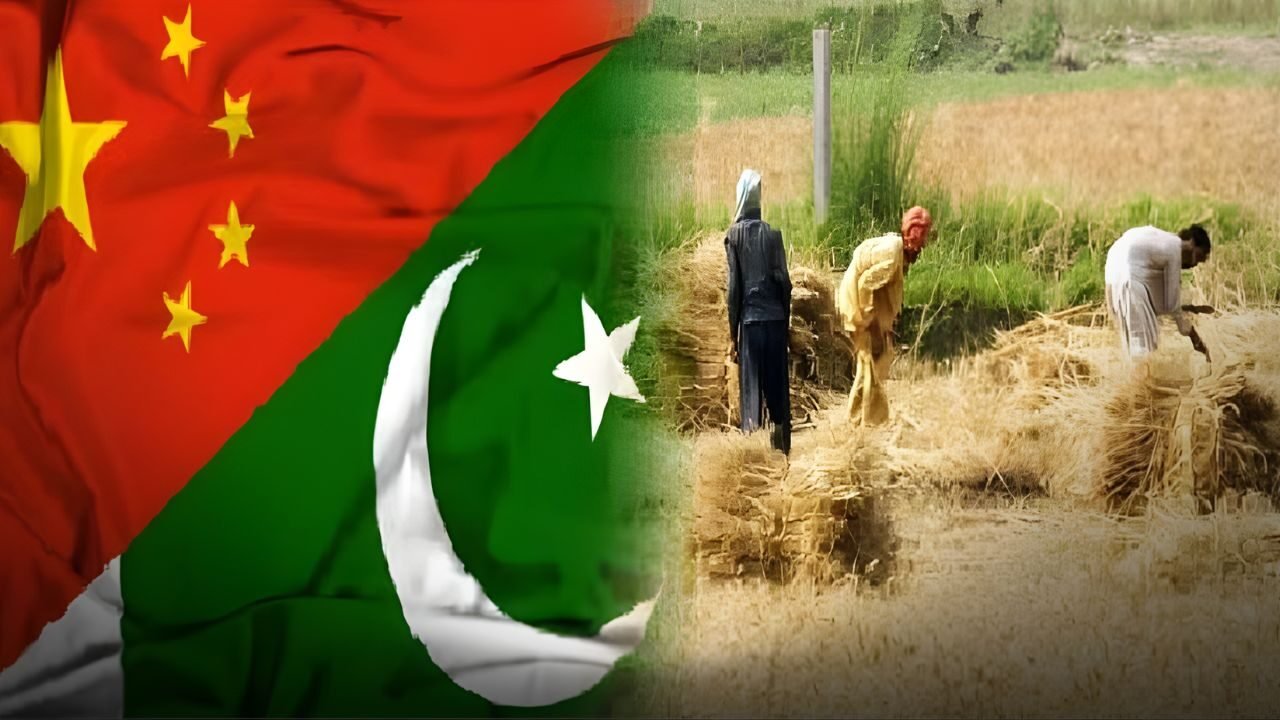By Azeem Ahmed Khan
A comprehensive reform roadmap, known as the PARC Agricultural Reform Plan 2025, has been drawn up to overhaul Pakistan’s agricultural research system, aiming to rebuild the Pakistan Agricultural Research Council (PARC) into a modern, globally aligned institution capable of driving innovation, boosting productivity, and supporting national food security.
China and Pakistan Collaborate on PARC Reform
The Strategic Reform and Cooperation Plan for PARC has been jointly developed by China’s Ministry of Agriculture and Rural Affairs (MARA) and the Chinese Academy of Agricultural Sciences (CAAS) following a detailed evaluation conducted with Pakistan’s Ministry of National Food Security and Research (MNFSR), according to an MNFSR document available with Wealth Pakistan.
The joint study assessed PARC, the National Agricultural Research Centre (NARC), and eleven affiliated institutes, identifying major weaknesses in infrastructure, governance, and human resource management.
It found that financial dependency, coordination failures, and outdated research systems have created persistent barriers to scientific progress.
Challenges Facing Pakistan’s Agricultural Research
The assessment notes that PARC’s operations are constrained by chronic underinvestment and unpredictable funding, leading to outdated laboratories, aging equipment, and limited access to modern facilities.
Researchers face poor incentives and promotion systems that favor seniority over innovation, while a publication-oriented culture discourages practical problem-solving.
Four Pillars of the PARC Agricultural Reform Plan 2025
In its recommendations, the plan calls for a transformation built on four pillars: Innovative Investment Mechanisms, Evaluation and Incentive Systems, Strategic Alignment with National Needs, and Effective Technology Transfer Mechanisms.
Together, these pillars seek to break what the report terms a “vicious cycle” of weak research, low technology adoption, and stagnant productivity.
Boosting Innovation and Agricultural Research Capacity
Under the proposed Innovative Investment Mechanisms, the plan urges creation of a national agricultural innovation fund and a GDP-linked funding model dedicating 1.5 to 2 percent of agricultural GDP to research.
Infrastructure modernization and shared research platforms equipped with artificial intelligence and smart agriculture tools are also recommended.
The Evaluation and Incentive Systems pillar outlines a shift to merit-based advancement, competitive compensation, and recognition for real-world impact.
The introduction of distinguished scientist positions and capacity development programs with international partners is aimed at attracting top talent and reducing the ongoing brain drain.
Technology Transfer and Implementation Strategy
To ensure strategic alignment, the plan recommends a National Agricultural Science and Technology Roadmap to harmonize national research priorities with Pakistan’s food security goals and climate challenges. It also calls for a clear division of roles between federal and provincial institutes, promoting efficiency and avoiding duplication.
The fourth pillar emphasizes technology transfer and farmer engagement. It proposes establishing technology transfer units in major institutes, a national agricultural technology transfer center to manage commercialization, and a benefit-sharing model offering 50 to 70 percent of proceeds to researchers and institutes.
Regional demonstration hubs and farmer training centers will help ensure practical adoption of new technologies.
Accountability and Future of Agricultural Research in Pakistan
The plan also outlines implementation measures to ensure accountability and progress. It proposes a high-level committee comprising representatives from MNFSR, PARC, and other stakeholders to oversee integration of the MARA–CAAS recommendations into a broader PARC Revival Plan. The committee will set milestones, monitor deliverables, and ensure institutional accountability.
The plan concludes that the “path forward is clear”: revitalizing PARC through modern funding, governance, and innovation frameworks will build strong science for resilient agriculture, helping Pakistan restore its research capability and strengthen its food security.
Author Profile
-
Azeem Ahmed is an Islamabad-based journalist specializing in agriculture, business, and economic trends.
He provides insightful analysis on market developments and policy impacts shaping Pakistan’s economy.





